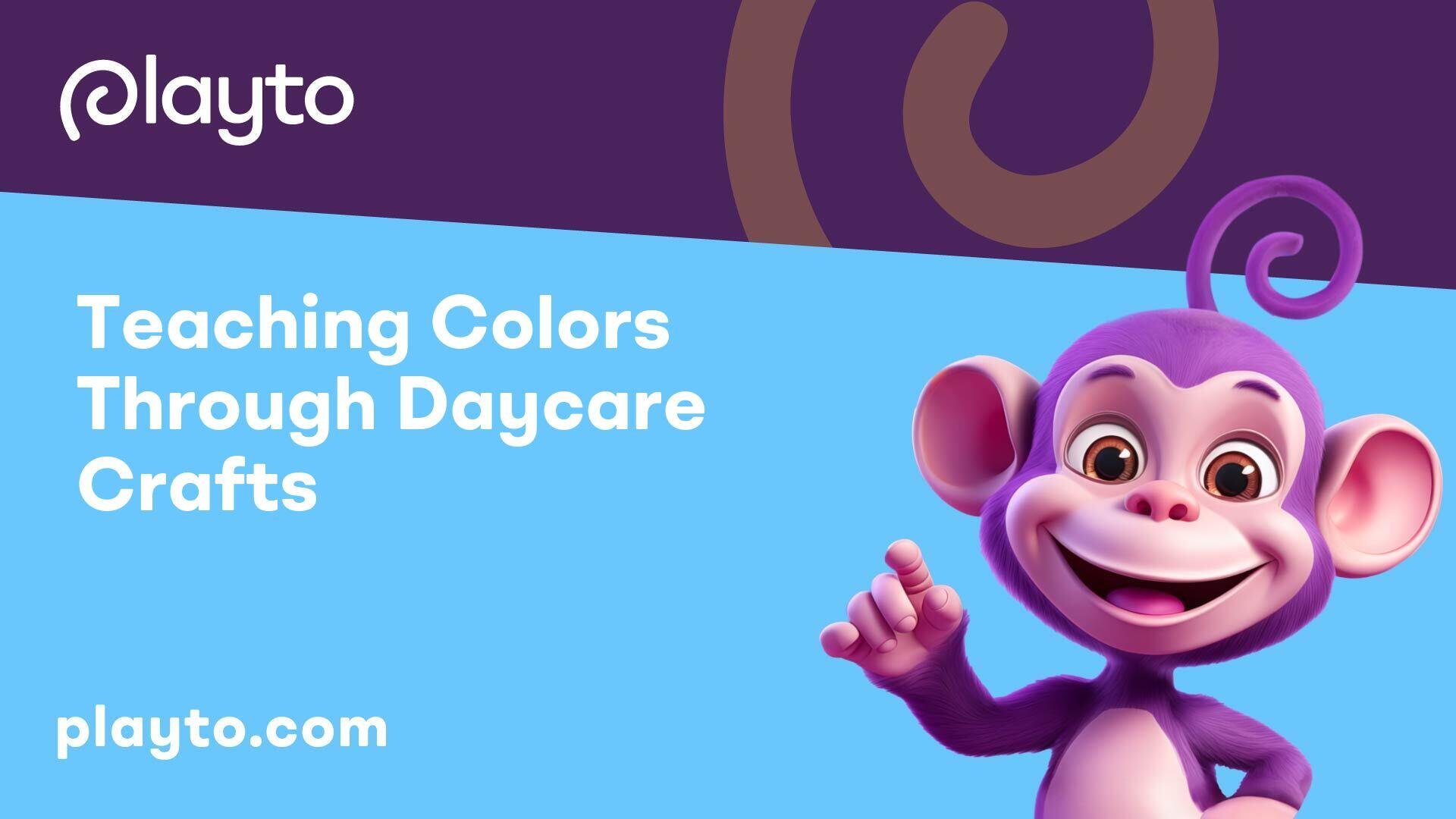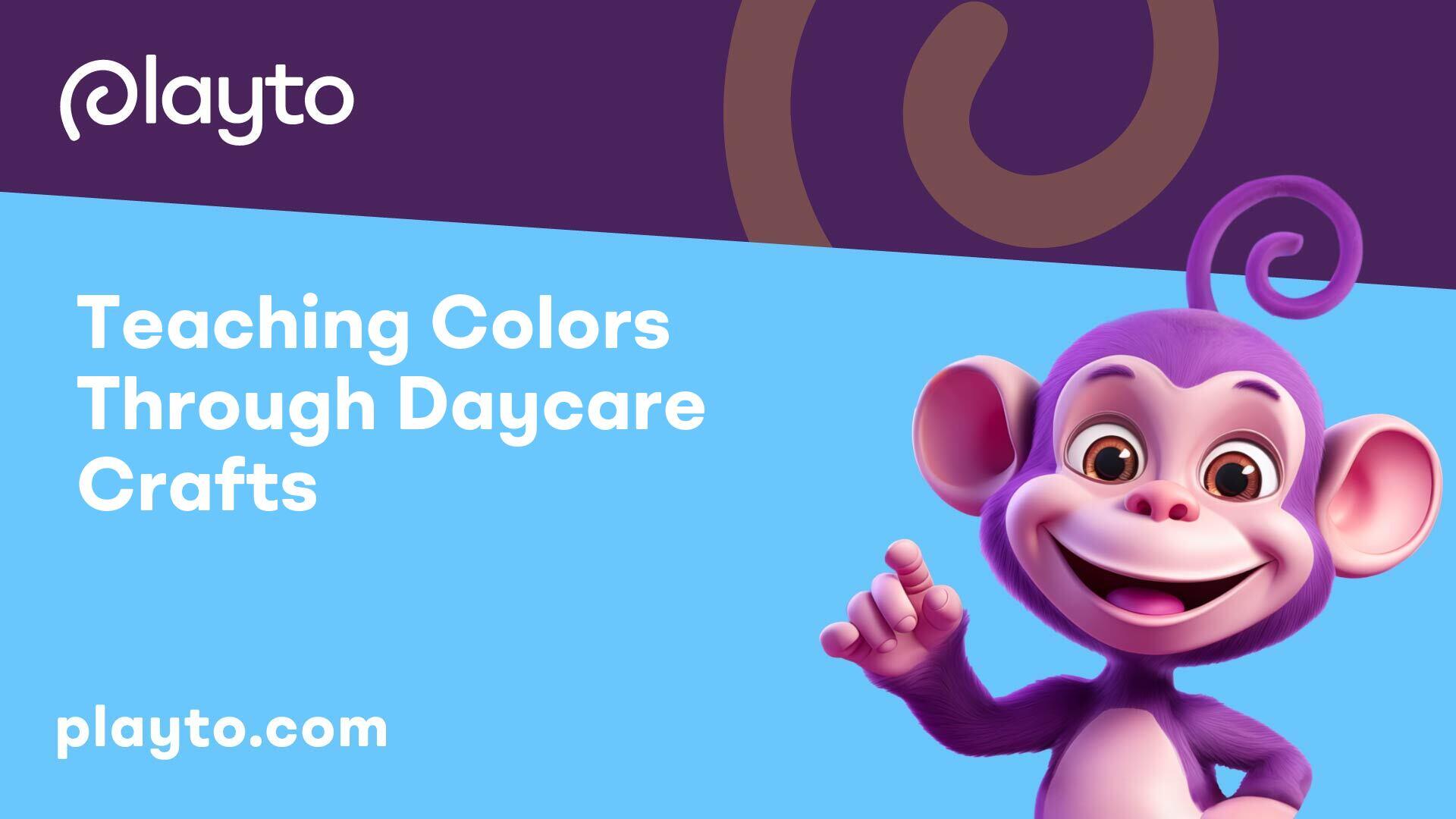
Teaching Colors Through Daycare Crafts
When it comes to teaching colors to young children, incorporating engaging and interactive activities can enhance their learning experience and foster a deeper understanding of colors. In a daycare setting, utilizing hands-on color activities is not only educational but also helps nurture creativity and cognitive development. Let's delve into the importance of teaching colors and explore some hands-on color activities that can be implemented in daycare environments.
Importance of Teaching Colors
Introducing colors to children at an early age is fundamental to their cognitive development. Understanding colors plays a significant role in various aspects of a child's life, from language development to visual recognition. By incorporating color learning into daycare activities, children can enhance their vocabulary, cognitive skills, and creativity.
When children engage in color-related crafts and activities, they develop a keen sense of observation and learn to differentiate between various hues. This fundamental knowledge of colors serves as a building block for further learning in subjects like art, science, and even math. Additionally, color recognition is essential for everyday tasks, such as distinguishing traffic lights or identifying objects based on color.
Hands-On Color Activities
- Hidden Colors: Implementing activities like hidden colors, where colors are revealed under substances like baking soda, can intrigue children and make learning colors a fun and interactive experience [1].
- Pom Pom Color Sort: Encouraging children to sort pom poms by color not only reinforces color recognition but also enhances fine motor skills and hand-eye coordination.
- Color Bath: Transforming bath time into a colorful exploration can be both entertaining and educational for children. Adding colored bath drops or bath toys in different hues can make learning colors a multisensory experience.
- Fine Motor Color Mixing: Engaging children in activities like primary colored water mixing, where they blend different colors to create new ones, promotes creativity and experimentation while honing their fine motor skills.
Incorporating these hands-on color activities in daycare crafts not only makes learning enjoyable but also fosters a deep understanding and appreciation of colors in young children. By creating a vibrant and stimulating environment that promotes color exploration, daycare providers can lay a strong foundation for children's cognitive development and artistic expression.
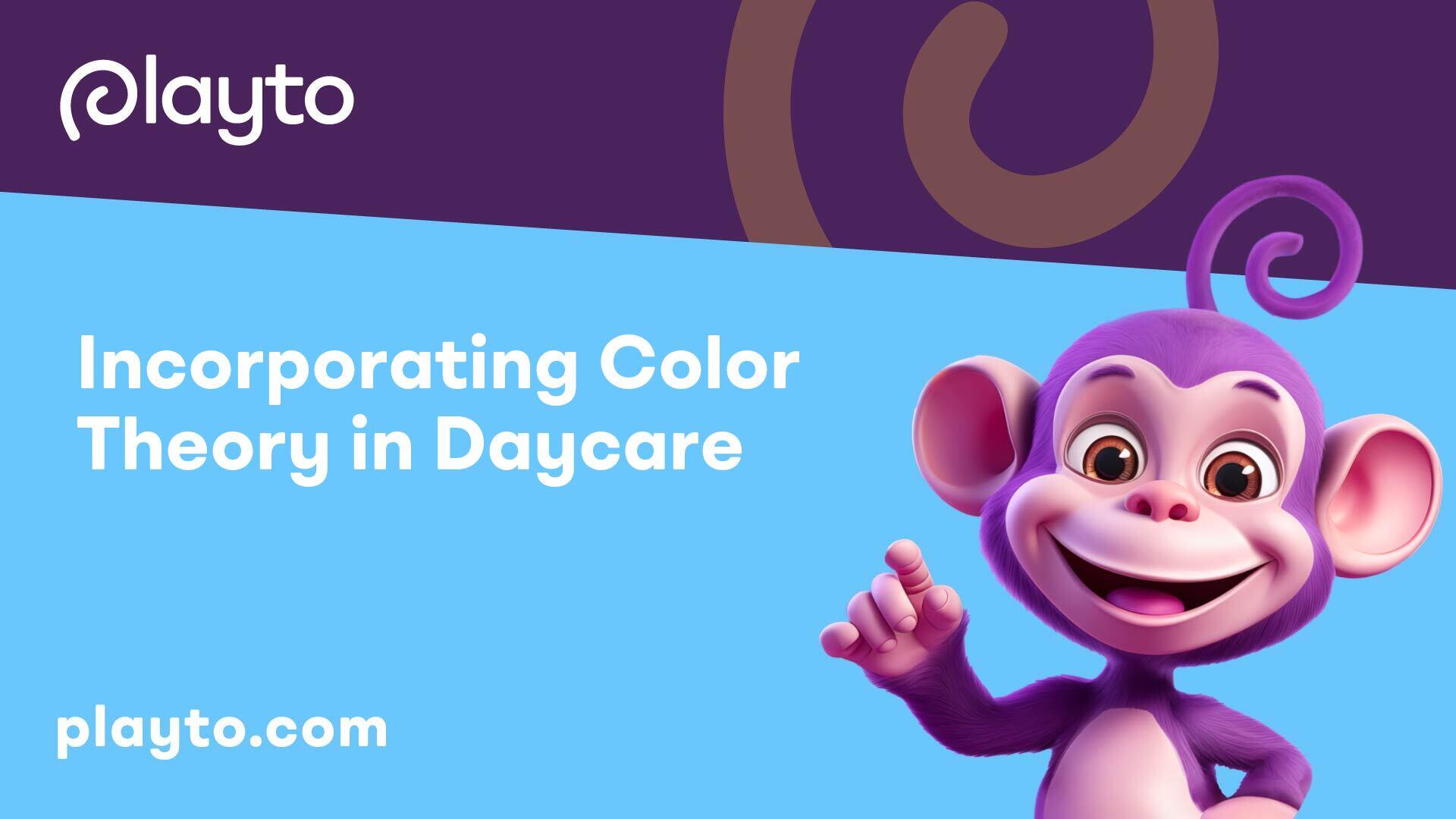
Incorporating Color Theory in Daycare
Understanding color theory is a fundamental aspect of early childhood education. By engaging children in color-related activities, educators can lay the foundation for artistic expression and cognitive development. In daycare settings, color theory can be incorporated through various interactive methods, such as color mixing experiments and predicting secondary colors.
Color Mixing Experiments
Color mixing experiments serve as an engaging way to introduce young learners to the basic principles of color theory. These experiments not only teach children about primary colors but also demonstrate how different colors can be combined to create new shades.
One effective approach is to provide children with cups of water and food coloring, allowing them to mix the colors together. This hands-on activity helps children understand how primary colors blend to form secondary colors. By experimenting with combinations, children can witness the transformation of colors and develop a deeper appreciation for the art of mixing colors.
Predicting Secondary Colors
Predicting secondary colors is another valuable activity that promotes critical thinking and creativity. By encouraging children to predict the outcome of color mixing before actually blending the colors, educators can enhance their understanding of color relationships.
Through guided discussions and visual aids, children can hypothesize the results of combining specific primary colors. By allowing them to make predictions based on their knowledge of primary colors, educators can foster a sense of curiosity and exploration. After making predictions, children can then conduct the color mixing experiments to see if their predictions align with the actual outcomes.
By incorporating color mixing experiments and predicting secondary colors into daycare curriculum, educators can create a dynamic learning environment that nurtures children's creativity and analytical skills. These hands-on activities not only make learning enjoyable but also lay the groundwork for a deeper understanding of color theory and artistic expression. For more information on enhancing color learning through STEM activities, explore our article on sensory art for daycare development.
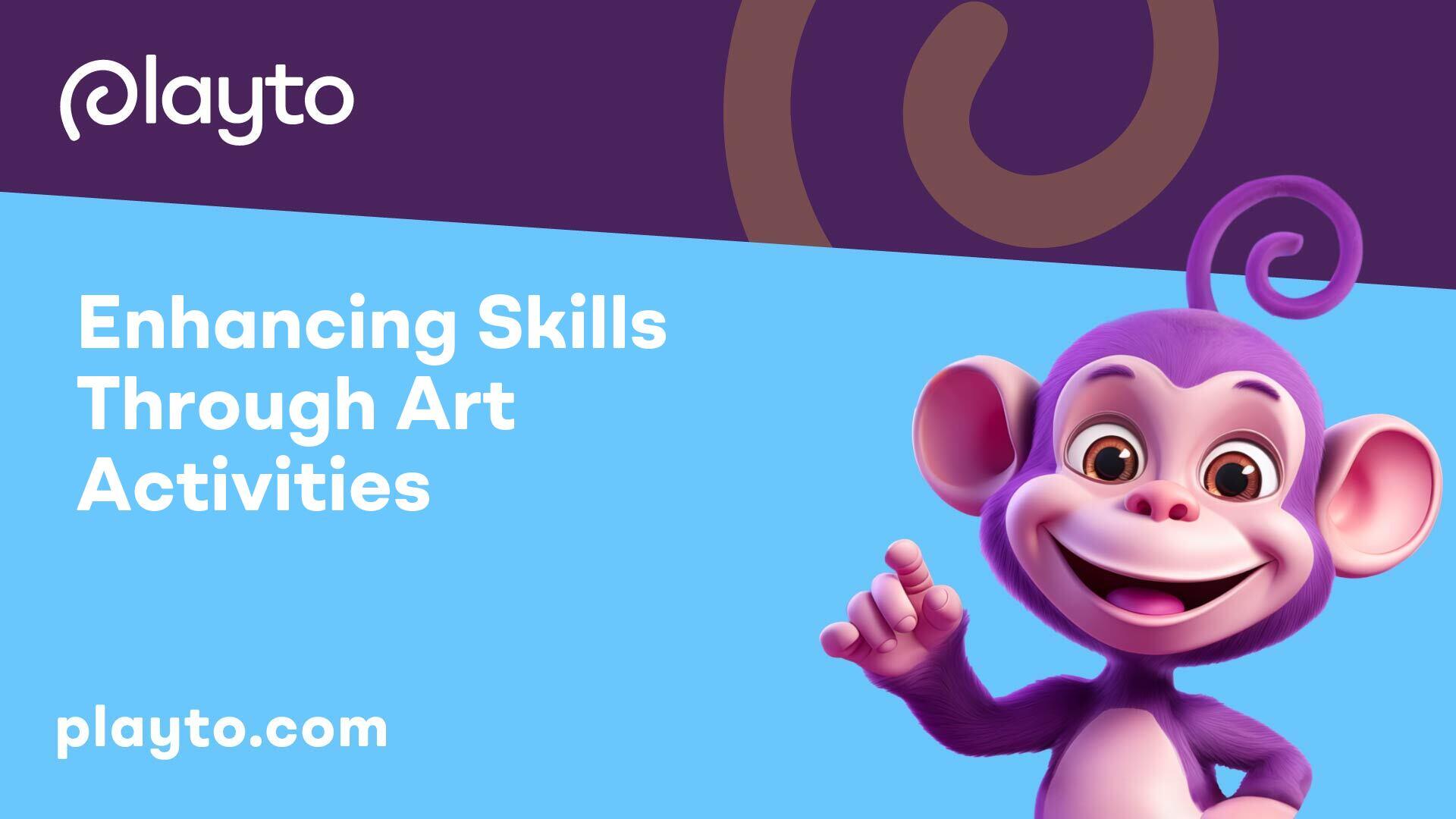
Enhancing Skills Through Art Activities
Art activities in daycare play a vital role in fostering a child's development by enhancing various skills. Two key aspects that are significantly boosted through art engagement are recognizing shapes and colors, along with developing hand-eye coordination.
Recognizing Shapes and Colors
Participating in art activities helps children in recognizing and distinguishing between various shapes and colors. By engaging in tasks like coloring, painting, and crafting, children get hands-on experience in identifying shapes such as circles, squares, triangles, and more. This visual recognition not only aids in artistic expression but also lays the foundation for cognitive skills related to shape and color identification.
To further support a child's artistic journey, providing them with tools for expression is essential [2]. By creating an art corner with a variety of materials in different colors and shapes, children can explore and learn in a creative and stimulating environment. Utilizing templates and directed line drawings can also serve as structured starting points, especially beneficial for children with less developed fine motor skills or confidence in their artistic abilities [3].
Developing Hand-Eye Coordination
Another essential skill that art activities enhance in children is hand-eye coordination. When engaged in tasks like cutting, coloring within lines, or assembling crafts, children improve their coordination between their hands and eyes. This coordination is fundamental for various activities in daily life, including writing, playing sports, and even simple tasks like threading a needle.
Teaching art involves creating a balance between structured instruction and fostering creativity. By providing a mix of direct guidance and freedom in artistic expression, children can develop both their technical skills and their creative confidence [3]. Through art education, children can build emotional connections with their artwork, leading to increased happiness, pride, and a sense of accomplishment [3]. This emotional engagement not only boosts self-esteem but also provides a safe space for children to express themselves creatively regardless of their background or abilities.
By recognizing the importance of shapes and colors in art activities and understanding the role of hand-eye coordination development, daycare educators can create engaging and enriching environments that promote holistic growth and learning for children.
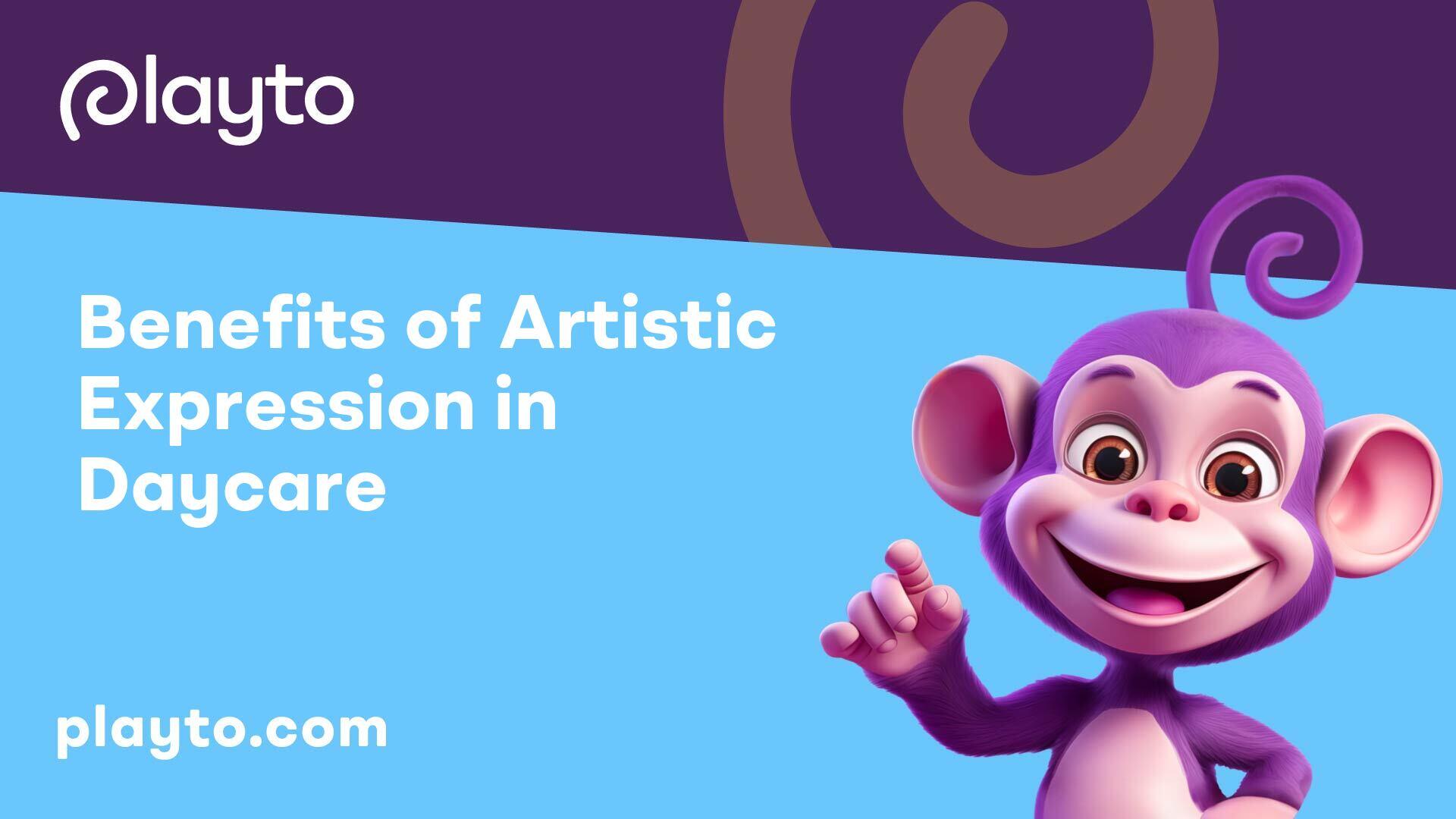
Benefits of Artistic Expression in Daycare
Artistic expression plays a vital role in the development of children in daycare settings, offering numerous benefits that go beyond just creating visual pieces. Two key advantages of artistic expression in daycare include stress relief through creativity and communication and confidence building.
Stress Relief Through Creativity
Providing children with a creative outlet through artistic expression can help relieve stress and assist them in working through various emotions and experiences. Art allows children to express themselves in a non-verbal manner, helping them process and cope with things happening in their lives. This contributes to their overall health and well-being.
Creating art can act as a form of relaxation for children, allowing them to engage in activities that are both enjoyable and calming. The act of painting, drawing, or sculpting can provide a sense of accomplishment and satisfaction, helping children manage stress and develop positive coping mechanisms.
Communication and Confidence Building
Engaging in artistic activities encourages children to communicate their thoughts, feelings, and ideas in a creative way. Art provides a platform for self-expression, allowing children to convey emotions and messages through their artwork. This can enhance their communication skills and help them express themselves more effectively.
Moreover, the process of creating art can boost children's self-esteem and confidence. As they experiment with colors, shapes, and textures, they gain a sense of achievement and pride in their creations. Encouraging children to showcase their artwork and share their creative process with others fosters a positive self-image and builds their confidence.
Incorporating artistic expression in daycare not only nurtures creativity but also serves as a valuable tool for emotional regulation and self-discovery. By providing children with opportunities to engage in art activities, daycare facilities can contribute to their holistic development and well-being. For more insights on using art for emotional expression, explore our article on expressing emotions with daycare crafts.
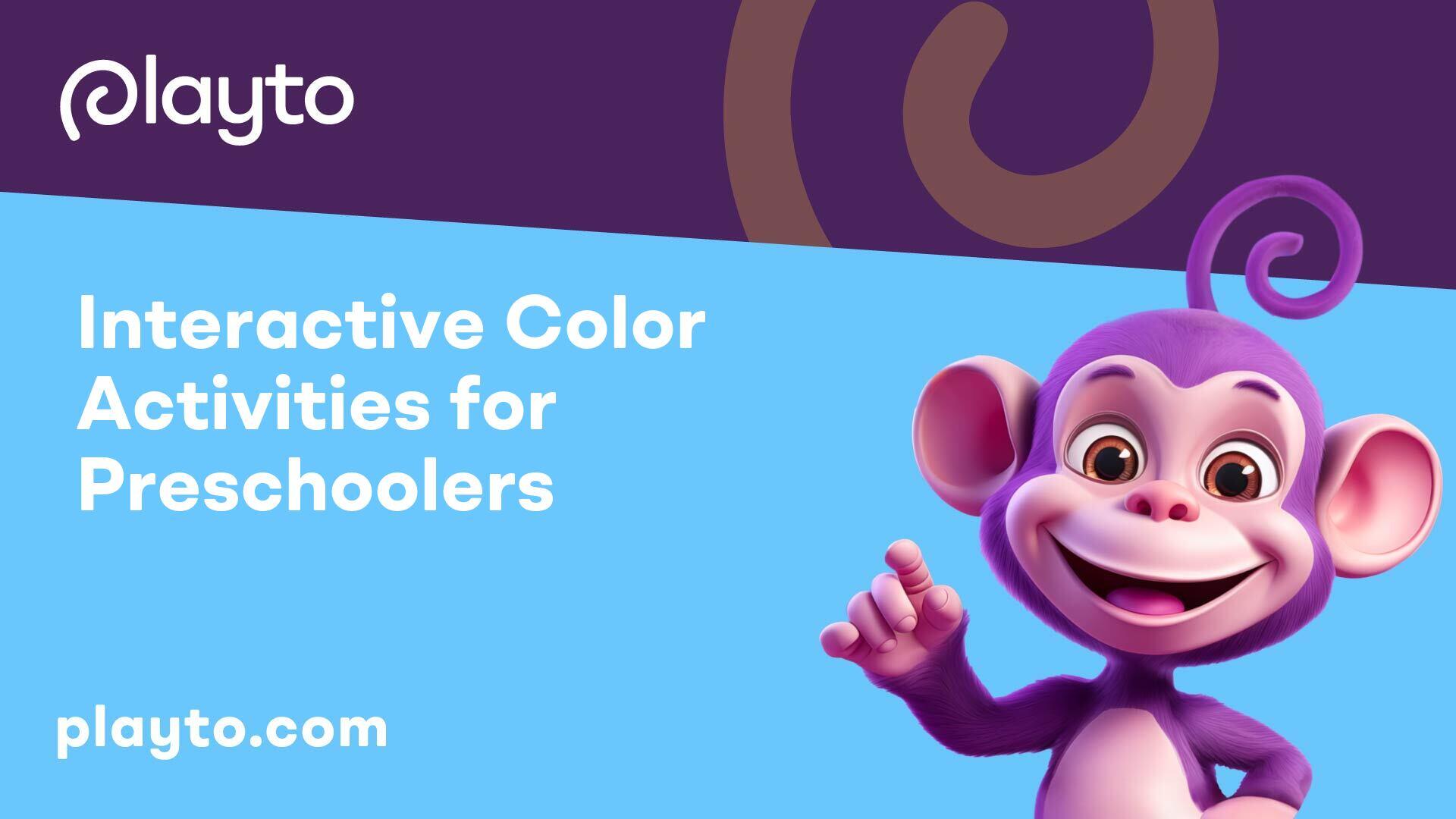
Interactive Color Activities for Preschoolers
Engaging preschoolers in interactive color activities is not only fun but also an effective way to teach colors and promote cognitive development. Let's explore two engaging activities that can enhance color recognition and creativity in preschoolers.
Hidden Colors and Color Sort
One exciting activity for preschoolers is the hidden colors game. Utilizing materials like baking soda and colored vinegar, children can experience a magical color reveal as they mix these substances. This hands-on experiment not only introduces the concept of color mixing but also enhances their observational skills and understanding of chemical reactions.
Additionally, a color sort activity can further reinforce color recognition and sorting skills in preschoolers. By incorporating tools like pom poms or colored objects, children can categorize items based on color, promoting cognitive development and fine motor skills. This activity encourages critical thinking and decision-making as children group items based on similar attributes like color.
Color Bath and Ice Cubes
Another engaging activity for preschoolers is the color bath experience. By adding non-toxic color tablets or food coloring to water, children can immerse themselves in a vibrant and colorful sensory adventure. This sensory play not only introduces children to different hues but also enhances their tactile and imaginative skills.
Creating colored ice cubes can also be a fun and creative activity for preschoolers. By freezing water with food coloring in ice cube trays, children can explore color mixing and temperature concepts as they observe the colored ice melting and changing shades. This activity stimulates curiosity and experimentation, fostering a sense of discovery and creativity in young learners.
By incorporating these interactive color activities into daycare settings, educators can provide a stimulating and enriching environment for preschoolers to explore and learn about colors in a hands-on and engaging manner. These activities not only enhance color recognition but also promote sensory development, critical thinking, and creativity in young children.
Encouraging Creative Expression
In daycare settings, fostering creativity and expression in children plays a pivotal role in their overall development. Encouraging artistic endeavors not only enhances their cognitive skills but also nurtures their emotional well-being. Here are two essential strategies to promote creative expression among children:
Asking Open-Ended Questions
When interacting with children about their artwork, it is beneficial to ask open-ended questions that encourage them to delve into their creative process. By inquiring with questions like "Tell me about your picture" rather than limiting inquiries to straightforward answers like "What is it?", caregivers empower children to express their thoughts and emotions through their art. This approach not only boosts their confidence in communicating but also nurtures their imagination and storytelling skills.
Open-ended questions spark conversations and allow children to share their interpretations and feelings about their creations. By actively listening to their responses, caregivers can gain insight into the child's perspective, fostering a supportive environment for creative expression and exploration.
Providing Tools for Artistic Journey
Supporting a child's artistic journey can be as simple as providing them with the necessary tools and materials to bring their ideas to life. By offering a variety of art supplies such as paint, brushes, markers, and paper, caregivers empower children to experiment with different mediums and techniques, stimulating their creativity [2]. Additionally, templates and directed line drawings can serve as structured starting points for children who may need guidance or encouragement in their artistic endeavors.
By providing a conducive environment enriched with resources that support artistic expression, caregivers enable children to explore their creativity with confidence. This inclusive approach allows children to find joy in the process of creating, fostering a sense of accomplishment and pride in their artistic accomplishments. Encouraging a child's artistic expression through open-ended dialogue and ample artistic tools paves the way for holistic development and self-discovery in daycare settings.
STEM Activities for Color Learning
Engaging preschoolers in teaching colors through daycare crafts can be both fun and educational. STEM activities, in particular, offer a hands-on approach to learning that fosters creativity and critical thinking. Let's explore two exciting STEM activities for color learning: nature scavenger hunt and primary colored water mixing.
Nature Scavenger Hunt
Conducting a nature scavenger hunt is a fantastic way to immerse preschoolers in the vibrant world of colors while also enhancing their observation skills and fostering an appreciation for nature. This activity encourages children to explore their surroundings, identify different colors in the environment, and make connections between the colors they find and the objects in nature.
During the nature scavenger hunt, children can search for items of various colors, such as green leaves, brown twigs, colorful flowers, and more. By matching these natural objects with a color chart or list, they can not only learn about different hues but also develop their cognitive abilities through interactive learning.
Primary Colored Water Mixing
Another captivating STEM activity for color learning is primary colored water mixing. This hands-on experiment introduces preschoolers to the basics of color theory by exploring the magical world of color mixing. By using primary colors – red, blue, and yellow – children can witness the fascinating transformation that occurs when these colors blend together.
Through this activity, children can observe as primary colors combine to create secondary colors, such as green, purple, and orange. This interactive experiment not only teaches children about color blending but also enhances their understanding of how different colors interact with each other to form new hues.
By engaging in primary colored water mixing, preschoolers can develop their observation skills, critical thinking abilities, and early interest in biology, all while having a blast with hands-on learning [4]. This activity sparks curiosity, encourages exploration, and lays the foundation for a lifelong love of learning and discovery.
Incorporating STEM activities like nature scavenger hunts and primary colored water mixing into daycare curriculum can provide a dynamic and engaging way for preschoolers to explore the colorful world around them while fostering a love for learning and discovery.
Sensory Color Learning for Toddlers
Introducing sensory art for daycare development is a valuable approach to teach toddlers colors in an engaging and tactile manner. By incorporating sensory bins and playdough into daycare activities, children can explore colors through hands-on experiences that stimulate their senses and promote learning.
Sensory Bins and Playdough
Sensory bins filled with colored items like rice, beans, or even water beads provide toddlers with a multi-sensory learning environment. As they dig their hands into the bins, they not only engage with different textures but also learn to recognize and differentiate colors. This interactive play helps toddlers develop their fine motor skills, cognitive abilities, and color awareness in a playful setting.
Playdough is another versatile tool for sensory color learning. By using playdough in various colors, toddlers can knead, shape, and mix colors to create their own colorful creations. This hands-on activity not only enhances color recognition but also fosters creativity and imagination in young children. Through playdough play, toddlers can experiment with blending colors and understanding color relationships in a fun and interactive way.
Educational Toys for Color Recognition
In addition to sensory bins and playdough, incorporating educational toys can further enhance color learning for toddlers. Toys such as the Melissa and Doug Shape Puzzle, lacing beads, and DIY painted wooden pieces serve as valuable tools to teach colors while also developing skills like shape recognition, fine motor abilities, and pattern identification.
These toys offer a hands-on approach to color recognition, allowing toddlers to practice matching colors, sorting shapes, and engaging in interactive play. By incorporating educational toys into daycare activities, educators can create a dynamic and engaging learning environment that promotes not only color recognition but also overall cognitive development in young children.
By integrating sensory bins, playdough, and educational toys into daycare curriculum, educators can provide toddlers with a rich and stimulating environment for learning colors. These activities not only encourage sensory exploration and creativity but also lay the foundation for developing essential skills in color recognition, cognitive abilities, and sensory development.
References
[1]: https://busytoddler.com/color-activities/
[2]: https://www.canr.msu.edu/news/theartofcreatingwhyartisimportantforearlychildhood_development
[3]: https://www.deepspacesparkle.com/art-instruction-does-it-hurt-a-childs-creativity/
[4]: https://blog.acceleratelearning.com/25-preschool-stem-activities-with-inquiry-based-learning
[5]: https://homeschoolinginprogress.com/teach-toddler-colors/
